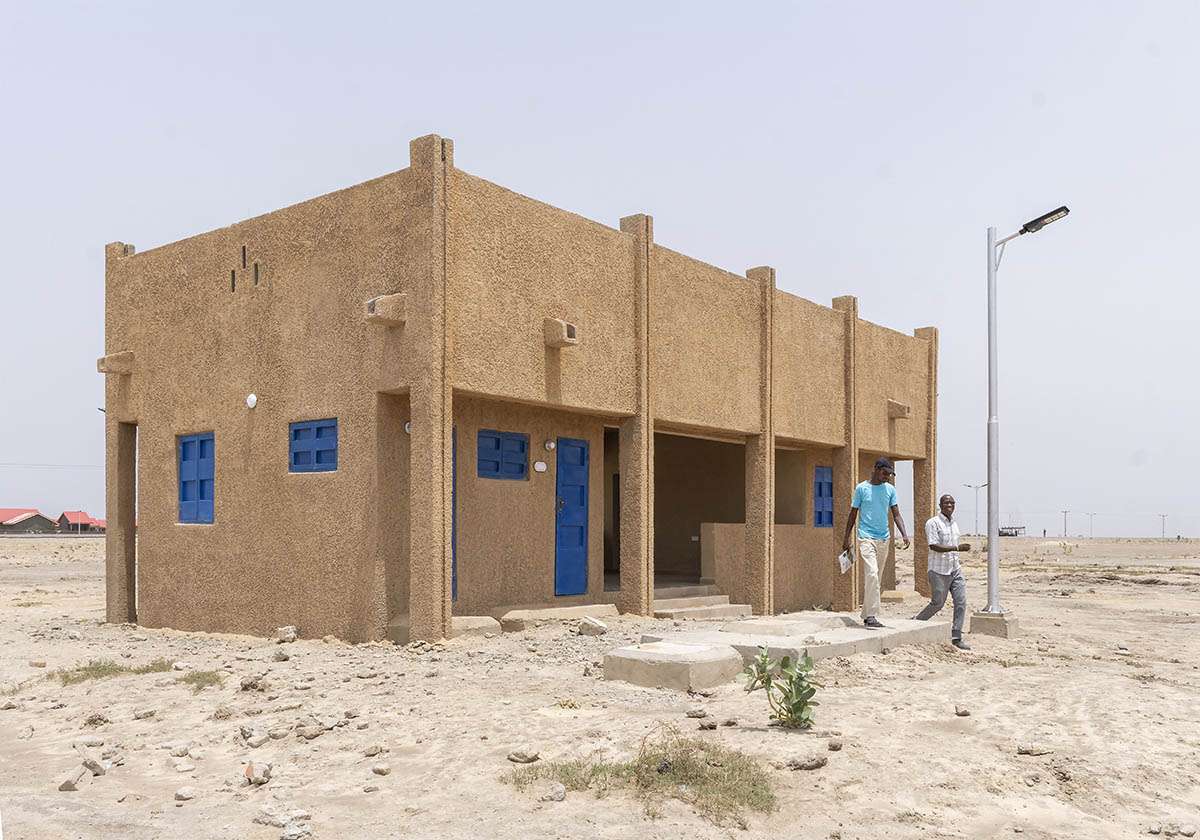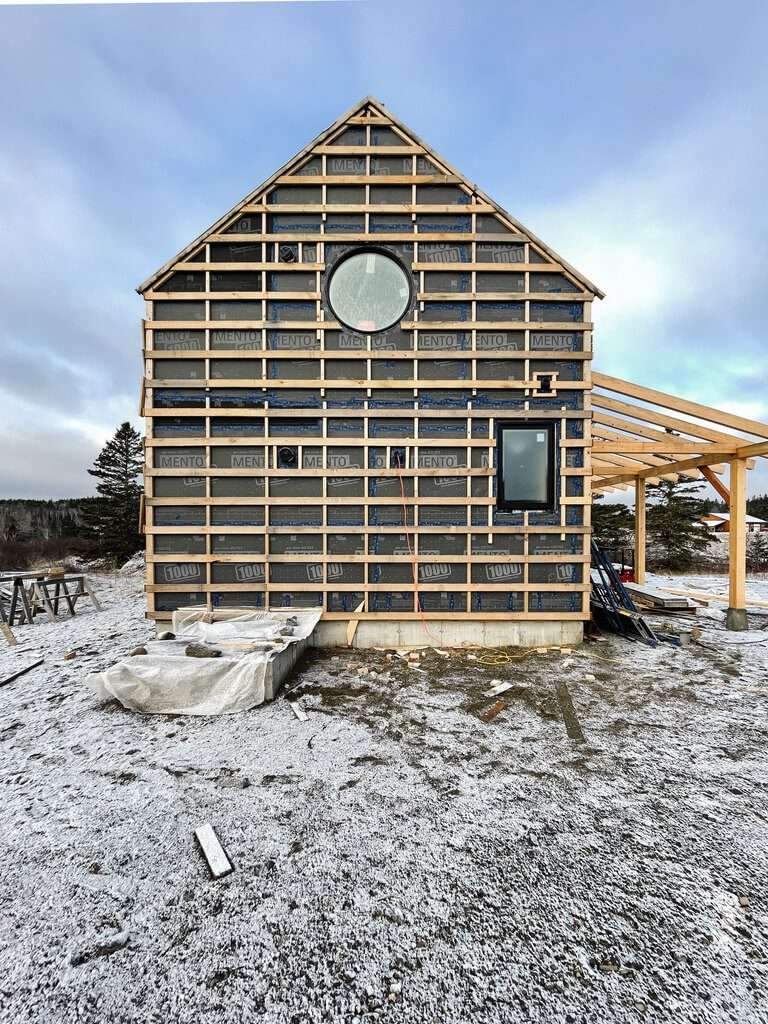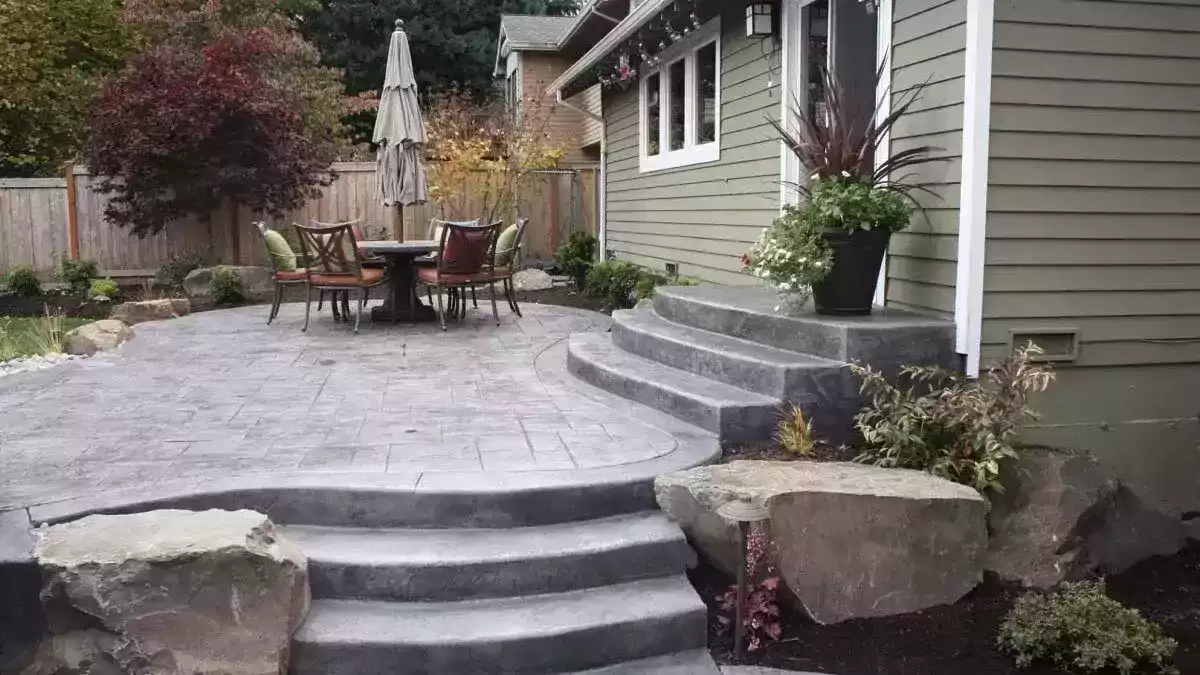The United Nations Development Program (UNDP) and Lagos-based Nigerian architect Tosin Oshinowo have unveiled the Northern Nigerian Village Project.
It is being built to rebuild Ngarannam, a stabilization program for northeastern Nigeria.
Design Features
The new village is being created for an entirely new community displaced by Boko Haram,
the new urban plan and infrastructure was designed and led by the Nigerian government,
supported by the United Development Program (UNDP), by Nigerian architect Tosin Oshninowo.
The first phase, including housing, basic services, a school and a healthcare facility,
is scheduled to be completed in summer 2022.
Tosin Oshinowo works in collaboration with the state government and the United Nations Development Program and,
after extensive consultations with the local community, has designed a new settlement village,
town that reflects and speaks to their culture.

The project includes approximately 500 housing units, a market, a health clinic, a community center,
a primary school, teacher housing, a police station, a headquarters, as well as water facilities,
all of which will be solar powered and fully equipped.
The conflict in the Lake Chad region has affected Nigeria and its neighboring countries,
Cameroon, Niger and Chad.
New village project unveiled for Nigerian displaced community
In Nigeria, more than 7.5 million people are in need of assistance in Adamawa,
Borno and Yobe states in the northeastern region, making it one of the most severe humanitarian crises in the world.
One of the affected places in the northeast is a small community called Ngarranam in Mava Local Government Area, Borno State.
The entire community was devastated and displaced following attacks by the Boko Haram insurgent group,
which led to the massive destruction of their community in 2015.

Their shelter, economic livelihood system, social system,
and local leadership structures were fragmented due to attacks and their exodus from their former areas.
The government has identified Ngaranam as an ideal place to build a pilot town expansion to bring them home,
while integrating sustainability, luxury and prosperity.
Design goal
The objective of the project is to assist communities that remain vulnerable to intrusion
and ongoing attacks by seeking to improve community safety and security,
with the proposal to provide basic infrastructure and basic services in reclaimed lands, and facilitate access to livelihood opportunities.
The vision of Ngarannam Houses was to design a settlement town more closely related to the Kanuri culture/Islamic culture than the current settlement programs implemented in the state.
Nagaranannam master plan focuses on three main areas: housing, roads, and services.
The housing unit design was an improvement over previous housing designs implemented
by the United Nations Development Program and the Borno State Government in the state.
In designing the housing units, architect Tosin Oshninowo paid particular attention to the community’s preference for appearance,
texture and color – featuring red roofs – while also paying attention to the sustainability of the building’s structure.
Another special modification was the addition of the Zaure, a traditional reception room,
which is central to the Kanuri/Islamic culture in separating the public and private areas of the house.
The plan also permanently integrates the street grid, specifying the layout and width of all streets.

New village project unveiled for Nigerian displaced community
The location and character of all open spaces, as well as monuments and public utility buildings are also organized through the master plan.
The proposal includes a community center, primary health clinic,
market and police station, all of which will be completed in the first phase.
Key design features include an adaptable shading pavilion that can be developed and built organically by the local community,
to create shaded areas for social gatherings, and a pavilion layout adapted to form the open market stalls section of the market.
While the project takes the principle of “human-centred design” at the core of the master plan,
the Nigerian government and UNDP aim to build all interventions that are consciously appropriate to cultural, environmental and climate needs.
It was therefore important for the community to drive the scale of construction and the appropriate,
conscientious and respectful materiality of the way of life that existed before the conflict.

Ngarannam’s approach is to re-establish the community,
including its infrastructure and create a safe environment for the free return of the former community member.
Prior to the rebellion, the former residents of the Ngarannam community had a thriving cultural diversity given that the community consisted of individuals from Fulani, Kanuri, Chua and Jamarjo.
The masterplan design aims to “regulate growth while enabling beautification to allow the residents of Ngarnannam to rebuild and return to their semblance of normalcy.
For more architectural news






